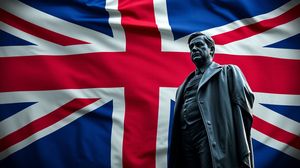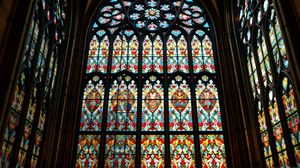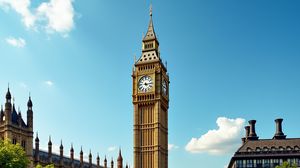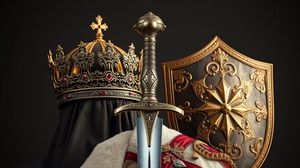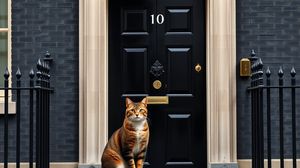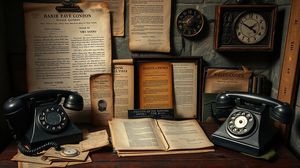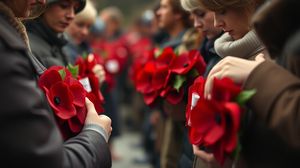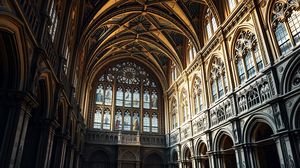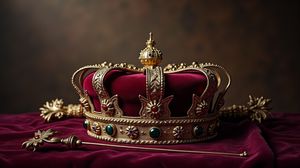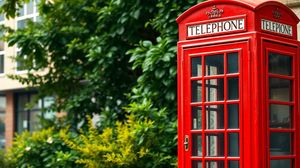
The iconic red telephone boxes are a quintessential symbol of London and a beloved cultural emblem that have graced the streets of the city since the 1920s. Originally designed by Sir Giles Gilbert Scott, these vibrant kiosks were introduced to improve access to telephony across Britain, quickly becoming a standard fixture in urban landscapes.
One interesting aspect of the red telephone boxes is their designation as "K" series, with the most famous model being the K6, launched in 1935 to commemorate the Silver Jubilee of King George V. This design is the one most commonly associated with London and makes for an enduring photo opportunity.
Beyond their functional origins, red telephone boxes have evolved into cultural icons celebrated in art and media. They have appeared in countless films, television series, and photographs, symbolizing British charm and nostalgia, often drawing tourists eager to capture a classic London scene.
Interestingly, these boxes are made from cast iron and are painted in a distinctive red, specifically chosen to make them easy to spot, even from afar. This unique color choice not only ensures they stand out in a crowded street but also lends to their lasting appeal and collectability.
While the advent of mobile technology has rendered many traditional phone boxes obsolete, numerous red telephone booths have found new life repurposed as art installations, libraries, and even small coffee kiosks, demonstrating their adaptability and continued relevance in modern urban life.
These telephone boxes also hold historical significance, as some have been granted listed status, protecting them as important heritage assets that recount the story of communication technology in the UK. This preservation effort ensures that generations to come will continue to appreciate their architectural and cultural importance.

Making the Most of Your Visit:
If you're on the hunt for the best spots to snap a picture with a red telephone box, head to iconic locations like Parliament Square or St. Paul's Cathedral. These locations offer stunning backdrops that make for memorable photos.
Explore the creative side of these booths; some have been converted into unique installations, like mini libraries or art exhibits. There's a particularly intriguing one at the top of the Greenwich foot tunnel on the south side that doubles as a book swap spot.
Keep an eye out for the differences in designs. While the K6 is the most popular, you might also spot a rare K2, especially around the Covent Garden area. It's fun to compare the differences and learn a bit about their design evolution.
Avoid peak tourist times if you're hoping to capture a photo without too many passersby. Early mornings or weekdays are often quieter, making it easier to get that perfect shot without waiting too long.
Look out for restored or particularly well-maintained telephone boxes, as these are often situated in or near historical areas. They're not just relics but are often part of the heritage appeal, such as those found around Hampton Court Palace.

Visiting Times & Costs:
The iconic red telephone boxes are located throughout various public spaces in London, making them open and freely accessible to the public at any time of the year. There is no entrance fee or cost associated with visiting, photographing, or interacting with these telephone boxes.
Regarding accessibility, since these are typically found on public sidewalks or pedestrian areas, most red telephone boxes are accessible to individuals with mobility challenges. However, placement on some inclined or narrow pavements might pose difficulties for wheelchair users or those with mobility impairments in certain locations, depending on local urban infrastructure.

Address & Map:

Nearby:
